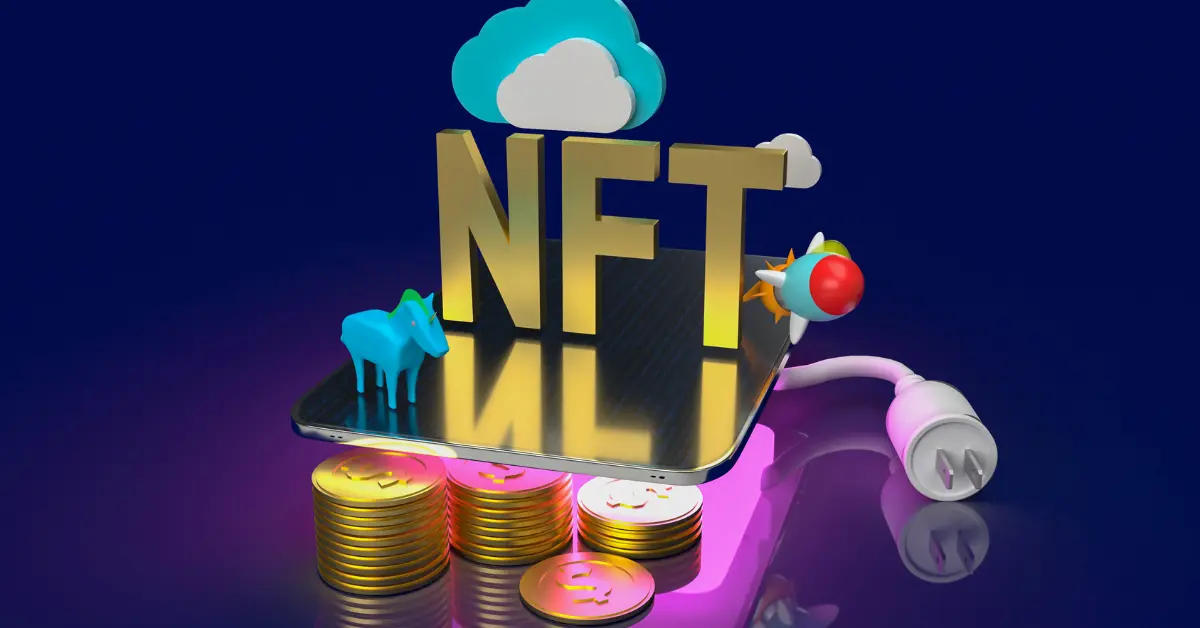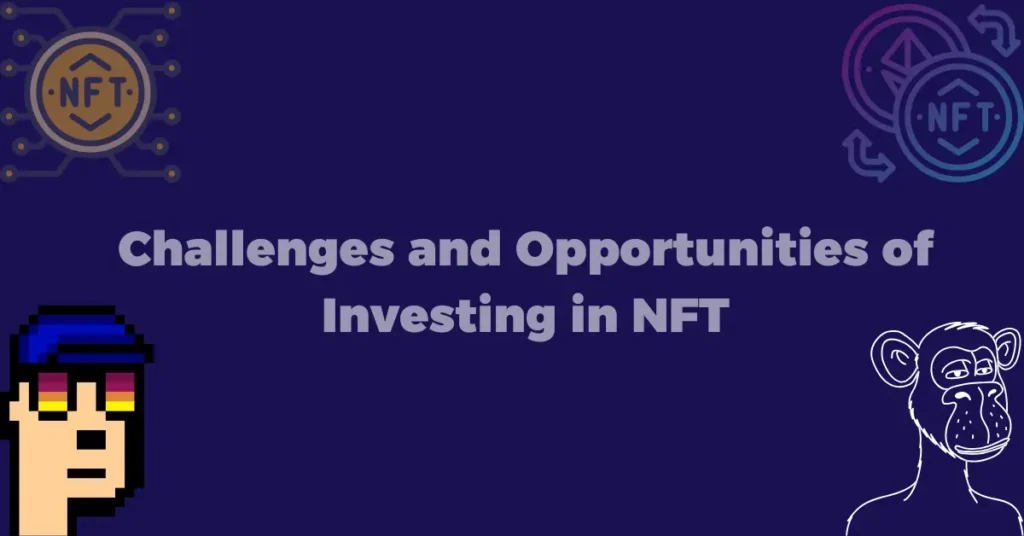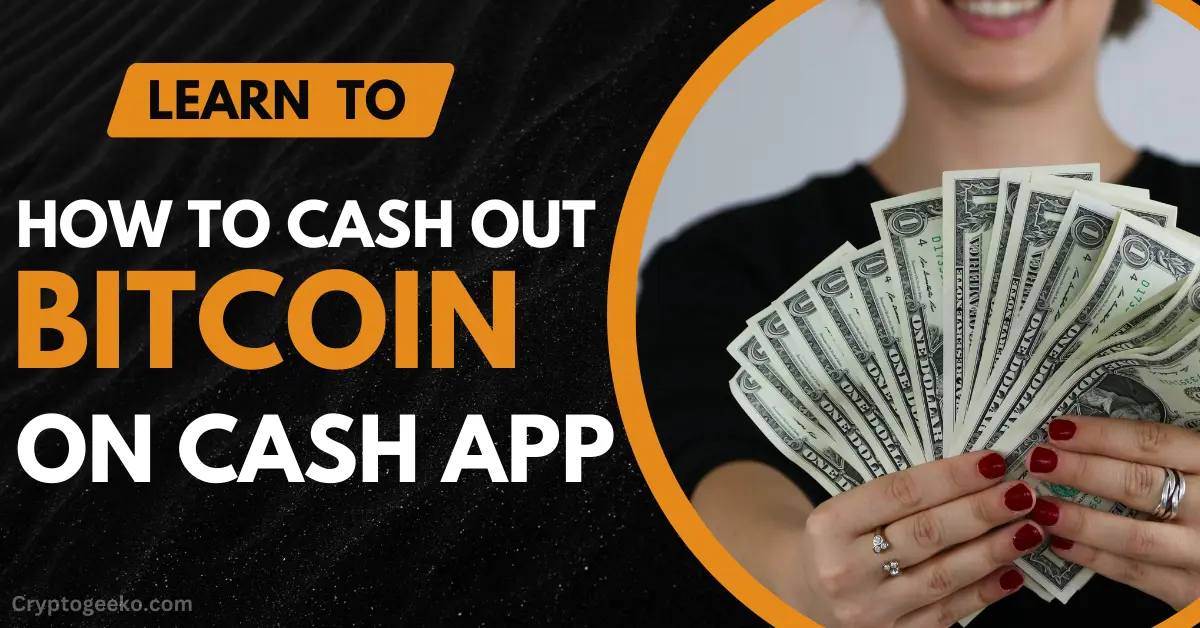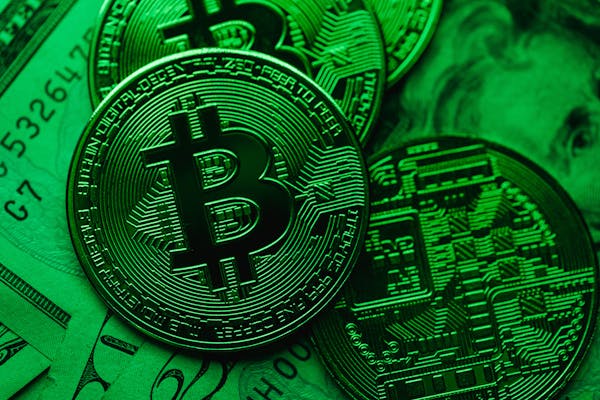How to Invest in NFTs (Non-Fungible Tokens)? Beginners Guide 2024

How to Invest in NFTs (Non-Fungible Tokens)?
Investing in NFTs (Non-Fungible Tokens) has become a popular topic in finance and tech circles. People from all backgrounds, whether art enthusiasts, tech-savvy individuals, or seasoned investors, are exploring NFTs as an investment opportunity. But with so much buzz, you might wonder, How exactly do you invest in NFTs?
Here in this guide, we’ll take our time and explain to you what an NFT is and how you can invest in one. We’ll cover essential topics, such as how to buy and sell NFTs, the difference between fungible and non-fungible tokens, and what to look out for in this evolving market. Now let’s jump into the magical world of NFT that is already guided by specific actions below.
1. What is an NFT?
NFT means Non-Fungible Token. Unlike a cryptocurrency or a regular stock, an NFT represents a unique asset stored on a blockchain, which is a secure and transparent digital ledger. When you buy an NFT, you’re purchasing ownership of a specific digital item—such as digital art, music, collectables, or even virtual real estate. Thus, the most important characteristic of NFTs is that the tokens being sold are non-fungible and cannot be replaced by something of equal value.
To understand NFTs better, consider how they differ from fungible tokens. In traditional finance, fungible tokens, like Bitcoin or fiat money, are assets that can be exchanged for one another. For example, $1 is worth the same as another $1, and one Bitcoin is equal to another Bitcoin. However, in the case of NFTs, each token is different. It’s like owning a painting and feeling like it brings something special – an investment piece.
2. How to Invest in NFTs
When learning how to invest in NFTs, your journey will generally follow these steps:
Step 1: Set Up a Digital Wallet
A wallet is like your physical pocket where you keep your money such as NFTs and cryptocurrencies. Choose a secure, reliable wallet that supports NFTs, such as MetaMask, Trust Wallet, or Coinbase Wallet. Ensure that the wallet of your choice is compatible with the NFT marketplace of your choice.
Step 2: Purchase Cryptocurrency
In most NFT marketplaces, you tend to purchase with Cryptocurrency, although this is gradually changing with the integration of another payment method in a few marketplaces. Ethereum (ETH) is used most usually, though some will accept other tokens. Buy ETH on exchanges like Binance, Coinbase, or Kraken, and transfer it to your digital wallet.
Step 3: Choose an NFT Marketplace
To know which NFTs to buy, therefore, look for NFT markets. Popular ones include OpenSea, Rarible, and Foundation. All have different collections and artists and some are more focused on a particular genre of NFTs.
Step 4: Find an NFT to Invest In
Find a project in NFTs that you care about or can see might have value. Remember, NFT values can be highly subjective, often based on the creator’s reputation, the rarity of the asset, and demand. It’s wise to research the creator and understand the market before purchasing.
Step 5: Make Your Purchase
After first identifying an NFT to invest in, you will have to engage in a bid or become the auction winner outright. Some markets function as an auction platforms while others are direct purchase markets.
Step 6: Store and Manage Your NFT
Once you buy, the token you have purchased will be listed in your wallet. Hold onto it, track its value, and consider your options. NFTs may be bought with an intention to sell them at a profit, they may also be kept over the long term.

3. Buying and Selling NFTs
Some of the basic questions that any investor using an NFT for investment should understand include how to purchase an NFT and again how to sell an NFT. Let’s break down each.
Buying an NFT
- Browse Marketplaces: Explore platforms like OpenSea, Mintable, and SuperRare.
- Understand the Market: Look at trends, creator reputation, and item rarity.
- Purchase Through Wallet: Pay for your purchase through your wallet and verify the same in your wallet.
Selling an NFT
- List on Marketplaces: Select an online marketplace and give a listing.
- Set a Price or Auction: Choose between the cost-plus model or the auction to gather buyers.
- Market Your NFT: Share it on the social platforms, and repost it in the NFT groups and channels to ensure that it gets a mention.
Successful NFT investors monitor their investments closely and stay aware of the latest trends. Other sites such as DefiScanner can assist NFT traders in the market since they can weigh trends and value accordingly.
4. NFTs vs. Cryptocurrency: Key Differences
NFTs and cryptocurrencies share some similarities but differ fundamentally:
- Fungibility: Digital assets like art are non-fungible, and coins like Bitcoin and Ethereum are fungible.
- Purpose: Cryptocurrencies are virtual currencies; NFTs are digital assets.
- Value Determination: NFTs are often valued based on their uniqueness, creator, and demand, while cryptocurrency prices depend on market factors like supply and demand.
5. Why Do People Buy NFTs?
People buy NFTs for various reasons:
- Ownership of Unique Assets: When you own an NFT, and you own a piece of art or a unique collectable, then you have legal documents that can prove beyond all reasonable doubt that you own a scarce commodity.
- Investment Opportunities: NFTs have become a speculative investment. Assume some sort of appreciation over time is seen by some.”
- Support for Creators: Buying NFTs directly supports artists and creators in a way that traditional purchases often don’t.
- Access to Communities: Some NFTs provide access to exclusive groups, events, or communities.
This combination of ownership, investment, and community makes NFTs attractive to buyers and investors alike.
6. The Value of NFTs: Do They Hold Up?
This brings us to the most common questions regarding NFTs today: do these tokens still have value? The value of an NFT is often tied to its uniqueness, demand, and market trends. Nonetheless, a number of NFTs are considered highly valuable; some either decline in value or may not have a substantial market for reselling. This is why, it’s important that one learns how to invest in NFTs sensibly since not all of the tokens will increase in value and will be valuable in the long run.
7. Risks and Challenges in DeFi
While DeFi has substantial potential, it comes with risks:
- Smart Contract Bugs: As much as the DeFi platforms are using smart contracts, any vulnerability in the code will cause financial loss.
- DeFi Wallet Scams: Hackers prefer to work with novice clients; they sign risky contracts by deceit.
- High Volatility: Digital tokens in the DeFi space are unpredictable and fluctuating which directly affects the price of assets and their return on investment.
- Market Decentralisation Risks: There is little regulation envisioned for a fully decentralized market, and hence there may be possibilities of abuse of the market. Knowing that could assist you with avoiding pitfalls before putting your funds into the DeFi market.

8. Challenges and Opportunities of Investing in NFT
As with any investment, NFTs come with risks:
- Market Volatility: When it comes to the cost of NFTs it is vital to understand that they are highly volatile commodities.
- Liquidity Issues: Anyway, it may take some time to sell an NFT, especially if you are in a less active period of the market.
- Scams and Fraud: Ensure you’re buying from legitimate creators to avoid counterfeit NFTs.
- Environmental Concerns: The energy some NFTs use has also raised questions on their ethical usage as they reside on some blockchains.
Knowledge of these risks can assist you in making some educated decisions so that you can contain arising losses.
9. How to Protect Your NFT Investments
Security is critical while investing in an NFT. Here are some tips to protect your assets:
- Use a Secure Wallet: Opt for wallets with strong security features, such as MetaMask or Ledger.
- Avoid Scams: Be cautious with unsolicited offers or links, and verify creators on reputable platforms.
- Research Platforms: Choose established platforms with good reputations, such as OpenSea or Rarible.
- Backup Your Wallet: It’s always safer to have a backup, so you do not lose access to your assets, in the process.
10. The NFTs and Market Trends of the Future
As the case NFTs are always changing with the latest coming up with the latest trends now and then. Future developments may include improved NFT standards, increased environmental sustainability, and broader integration across industries, including art, gaming, and real estate.
Moreover, the rise of decentralized finance (DeFi) and decentralized exchanges could integrate NFTs in new, innovative ways. For instance, DeFi and NFTs could merge to create NFT-backed lending, where NFTs serve as collateral for loans.
Conclusion
How to Invest in NFTs? NFTs are a good way to diversify a portfolio and get a chance to get acquainted with the possibilities of owning unique assets in a digital world and non-traditional methods of making money. So, despite the opportunities which, as it is possible to guess, can bring good money, NFTs involve certain dangers which have to be taken into account. By following the steps above and staying informed, you can approach NFT investments strategically and make the most of this exciting technology.

